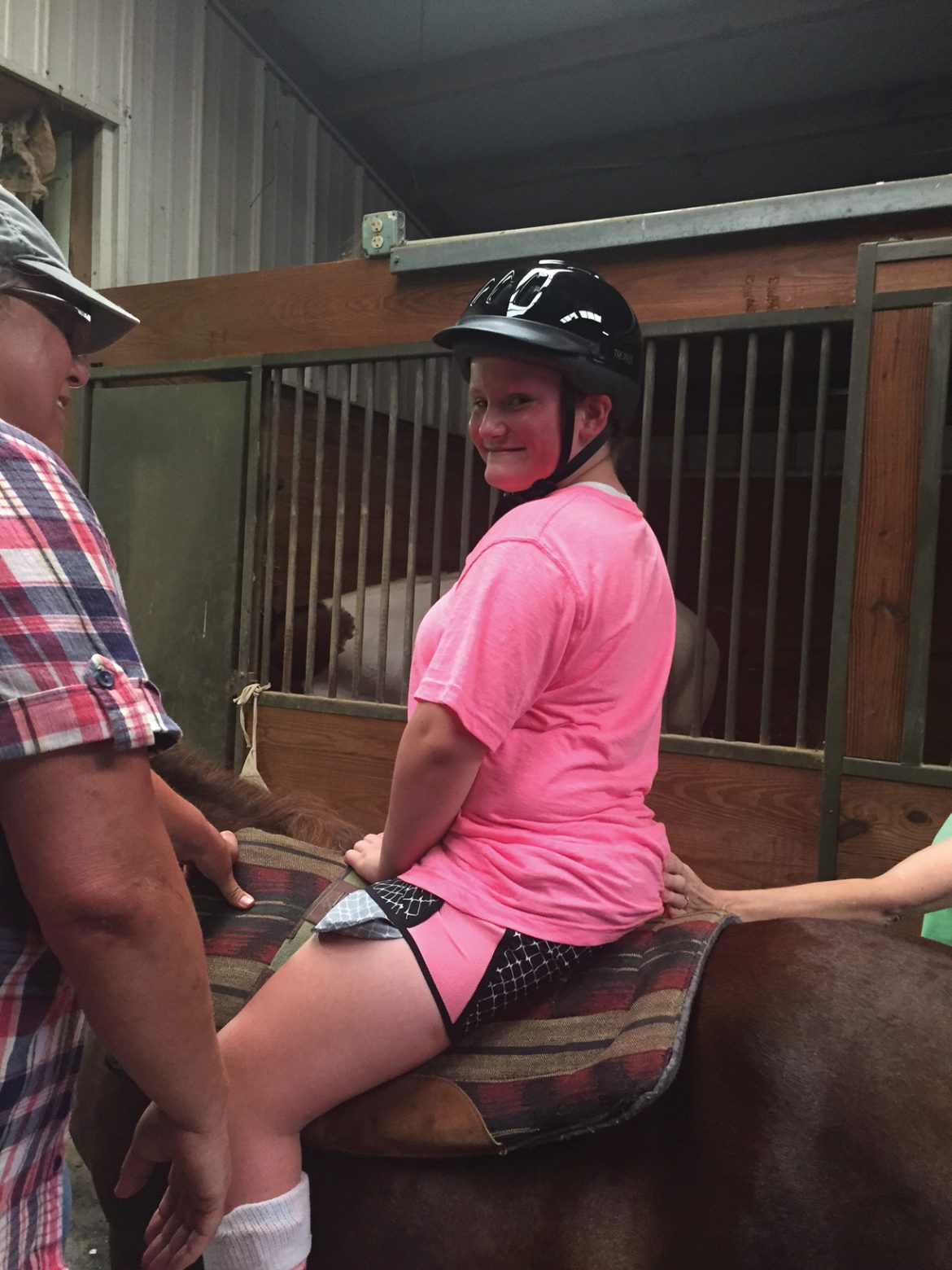“You can see his face light up when it’s time to get on a horse — and he’s (succeeding). Anytime he can get a glimpse of us, or anyone else, at the end of the barn, watching as he passes the door each time, he wants to get their attention, and he wants to make sure everyone can see him on the horse,” said Kirsten Odom, parent of a child with special needs and president of Stirrups and Smiles.
In 2010, Odom began bringing her now 12-year-old child to Stirrups and Smiles, an equine assisted therapy program located in the outskirts of Searcy. The program halted after approximately four years of operation due to staffing changes, but was able to reopen this fall.
Stirrups and Smiles works in conjunction with Pediatric Therapy Associates to treat children with disabilities. Hippotherapy certified therapists conduct therapy sessions with the clients.
“I’ve been (at the stables) before where kids have spoken their first words,” Odom said. “You have kids who are nonverbal, but they’re on the back of a horse and they’re singing. Experiences like that just prove right there that it’s a big deal. This isn’t a child having a horse ride around a barn, this is important — this is big.”
Clients sign up for eight-week sessions, in which they attend a riding session twice a week and work towards their goals in physical and occupational therapy. Jennifer Fisher, assistant professor of communication sciences and disorders (CSD) and executive board member of Stirrups and Smiles, said equine therapy creates an avenue to efficiently relate to clients.
“Children who have autism, difficulty with social language, become more relative and communicate well in an exciting environment of that with a horse,” Fisher said. “They build a relationship with the animal, and it elicits a lot of vocabulary, language and speech.”
Senior CSD major Allison Nolan volunteers regularly for the program and said her favorite part is watching the children improve.
“Some of these little ones are very timid outside of their therapy sessions, and it is so neat to see how comfortable they become on the horses,” Nolan said. “I love getting to know them more and seeing how excited they get when they see me or the horses. They definitely “stirrup” smiles in all of us volunteers.”
Stirrups and Smiles heavily relies on volunteers, most of whom are Harding students from the CSD program. It takes two to three volunteers for each therapy session. Fisher said she specifically encourages CSD students to become involved in Stirrups and Smiles to gain work experience.
“I want my students to see that the field they are going into to be delivered in this type of setting, in the hippotherapy,” Fisher said. “This gives the students opportunity to see interprofessional practice being done, and they actually get to be a part of that as a volunteer.”
According to Odom, her son enjoys spending time with volunteers who “have a heart of gold.” She said the program has helped him physically, mental and developmentally.
“To some of these kids, this may be the biggest thing because they’ve never been able to have that experience before, and better yet, they are getting help with their disability all at the same time,” Odom said. “Some of us don’t realize how much help (the clients) are really getting, but the parents do — the parents know how much it means.”
For more information contact Allison Nolan at anolan@harding.edu or Jennifer Fisher at
jfisher1@harding.edu.
This article was co-written by Savanna DiStefano and Katie McDonnel
